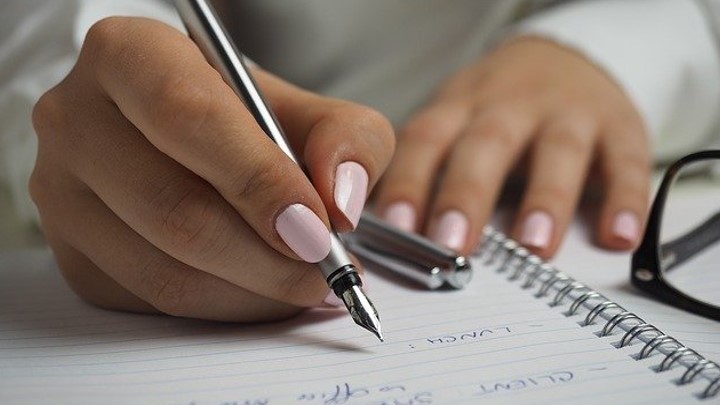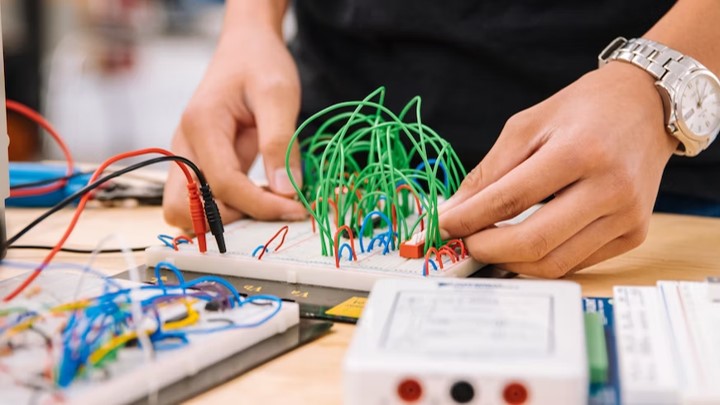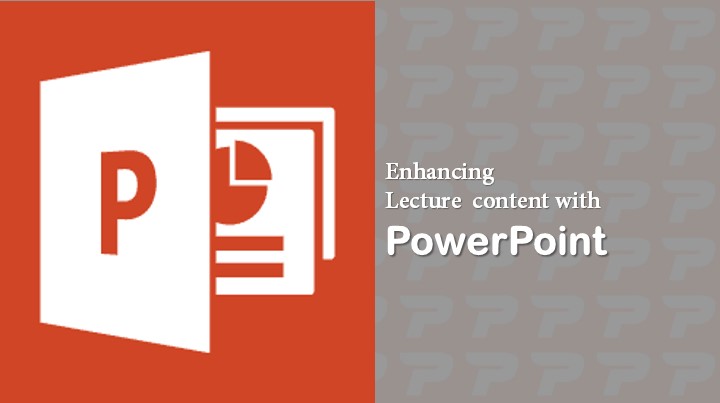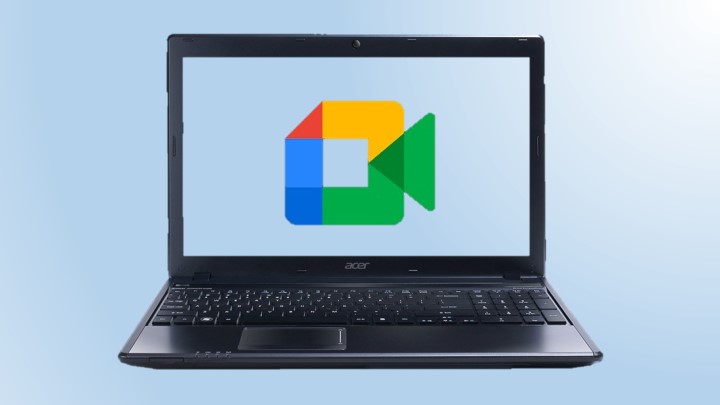Last Updated on July 1, 2024 by Uncle Pat Ugwu
Creating a strategy and evaluating lessons are vital for the success of your pupils. A key step in this process is developing a lesson plan and then a lesson note. However, some newly employed teachers get confused with these two terms. We also wrote an article on gold teaching strategies.
In this post, you will learn how to write lesson notes and Lesson plans we will explore the distinctions between a lesson plan and a lesson note, provide examples of both, and examine their importance in the teaching process. You can download our comprehensive lesson Plan template with examples.
Now let us get into the business of how to write lesson notes and Lesson plans. You may like to read our article on hybrid learning.
Lesson Note and Lesson Plan
A lesson plan is a blueprint that an educator devises before a lesson, which outlines the specific objectives, materials, and activities that will be covered. It serves as a guide for the educator to stay focused and organized, and it also helps in communicating the lesson’s content and structure to others such as an assistant or a substitute teacher.
On the other hand, a lesson note is a record of what actually took place during the lesson. It includes a summary of the key points covered, observations made during the lesson, and any adjustments made to the original lesson plan. These notes are helpful in evaluating the effectiveness of the lesson and making improvements for future classes.
Lesson notes and Lesson plans can also be used to document progress and communicate with others such as parents or administrators. You can learn more about lesson plans versus lesson note here.
Here is an example of a lesson plan:
Lesson Title: Introduction to Photosynthesis
Objective: Students will be able to explain the process of photosynthesis and its importance to living organisms.
Materials:
- Textbook
- Handouts on photosynthesis
- Pictures of plants
Warm-up: Review the definition of photosynthesis and have students brainstorm a list of things that rely on photosynthesis to survive.
Direct Instruction:
- Review the basic steps of photosynthesis using the textbook and handouts.
- Show pictures of plants and have students identify the parts of the plant involved in photosynthesis (leaves, chloroplasts).
- Have students take notes on the process of photosynthesis.
Guided Practice:
- Have students work in pairs to complete a fill-in-the-blank worksheet on photosynthesis.
- Have volunteers come to the front of the class and demonstrate the process of photosynthesis using a simple model or diagram.
Independent Practice:
- Have students complete a short quiz on photosynthesis.
- Have students write a paragraph explaining the importance of photosynthesis to living organisms.
Closure:
- Review the main points of the lesson and have students share their paragraphs on the importance of photosynthesis.
You can get our lesson Plan template with examples to guide you in preparing your own lesson plan.
Here is an example of a lesson note:
Lesson Title: Introduction to Photosynthesis
Objective: Students will be able to explain the process of photosynthesis and its importance to living organisms.
Materials Used:
- Textbook
- Handouts on photosynthesis
- Pictures of plants
Key Points Covered:
- Definition of photosynthesis
- Steps of photosynthesis
- Parts of the plant involved in photosynthesis
Observations:
- Students were able to list several things that rely on photosynthesis to survive during the warm-up activity.
- Some students had difficulty understanding the process of photosynthesis, so I provided additional examples and explanations.
- The fill-in-the-blank worksheet and volunteer demonstrations seemed to help students understand the concept better.
Changes Made:
- I added an additional review activity at the end of the lesson to make sure students understood the main points.
Things to Consider
- The lesson’s aim should be a precise statement of what the pupils should be able to do or understand at the end of the class.
- The main ideas that will be taught are: These need to be the primary points or themes that the lesson will address.
- The required supplies and resources are: Any books, worksheets, videos, or other resources that will be utilized in the lesson are included in here.
- The exact tasks and activities that will be utilized to teach the important ideas and test students’ knowledge are included in the assessments and tasks section.
- The duration of each instructional component is as follows: This covers how much time will be spent on each activity or job and how long they will each take.
Final Thoughts
As we conclude this write-up on how to write lesson note and Lesson plan. A lesson plan is a plan or outline for a lesson that is created in advance, while a lesson note is a record of what actually happened during the lesson, including any observations or changes that were made. Both are important tools for educators in terms of staying organized, reflecting on the effectiveness of the lesson, and communicating with others about the lesson.








Thanks for this
Glad you like it.